随着大选的临近,印度政府批准了一项“变革性移动和电池储能国家任务”,希望籍此推动该国“清洁、互联、共享和可持续的移动倡议”。这一决定是在由总理莫迪主持的联合内阁会议上作出的。
印度内阁还批准了一个“分阶段制造方案(Phased Manufacturing Program)”,以支持印度的大型、出口竞争型集成蓄电池和电池制造吉瓦级工厂,以及另一个推动在整个电动汽车价值链上实现生产本地化的方案。这两个方案均计划运行至2024年。
为了实施吉瓦级电池制造方案,一项“国家储能任务”将从下月开始的财政年度起,首先专注于大型组件和包装装配厂,然后在2021-22年间进行集成电池制造。印度将制定一个路线图,以利用其规模开发生产创新型、有竞争力的多式联运解决方案,并在全球范围内部署。
这一国家任务,由印度国家政策改革智库牵头,参与的部级机构包括道路运输和公路部、电力部、新能源和可再生能源部、科技部、重工业部、促进工业和内部贸易部以及行业标准局等。
印度能源储存联盟(IESA)执行主任Debi Prasad Dash对印度政府的这一决定持赞赏态度。他对《光伏》杂志表示,“这八个部委和部门的参与,将会带来适当政策制定上的适当协调。印度在电池和电动汽车方面具有巨大的市场潜力。电动汽车市场正在形成一个巨大的需求,而这一巨大需求将能使电池的成本进一步下降。” IESA估计,在2018-25年间,能源储存市场将增长到300 GWh以上。IESA目前正在通过其MOVE倡议(Moving Onwards with Vehicle Electrification,推进车辆电气化)与各类电动汽车和充电基础设施公司合作,希冀通过本土制造提高电动汽车零部件的采用。
Debi Prasad Dash进一步表示,“目前,有超过10家公司在印度从事组件和锂离子电池组件的组装,我们预计未来的2-3年内还将有4-5家大型公司进入电池制造业。适当的政策支持能使印度公司实现能源储存业务的多样化。而通过‘印度制造(Make In India)’倡议,印度本土公司将有能力与中国、澳大利亚、德国、美国、台湾、韩国和其他锂离子制造大国相竞争。”
本文作者: UMA GUPTA
This content is protected by copyright and may not be reused. If you want to cooperate with us and would like to reuse some of our content, please contact: editors@pv-magazine.com.
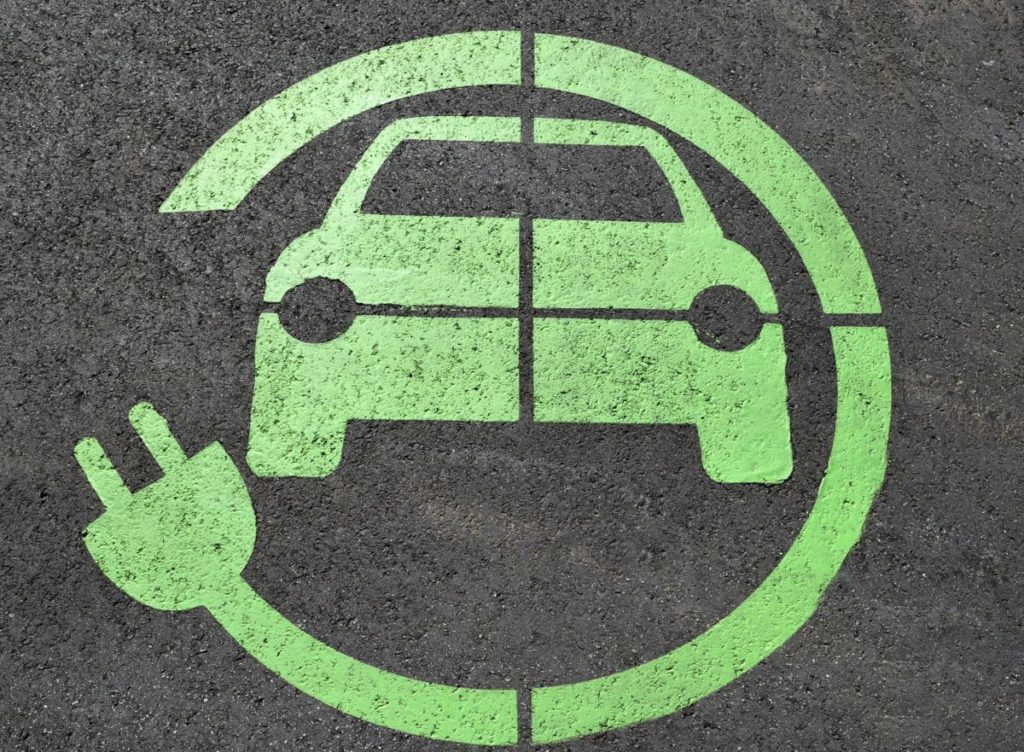


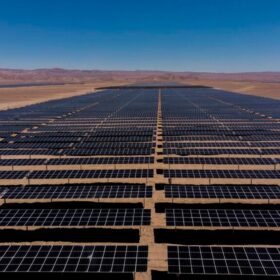
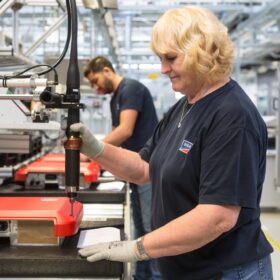
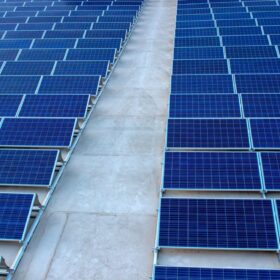
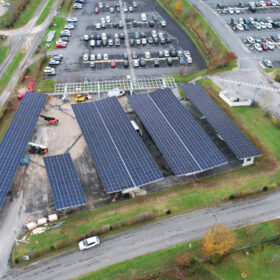
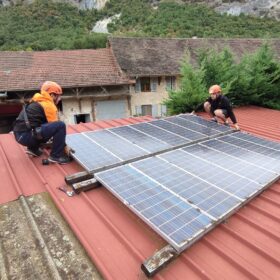
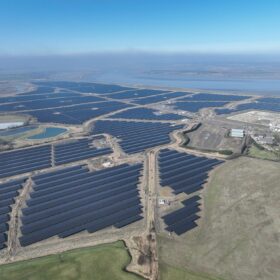

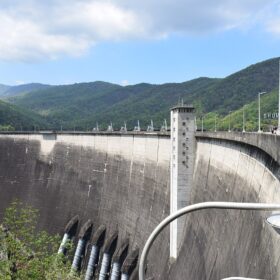
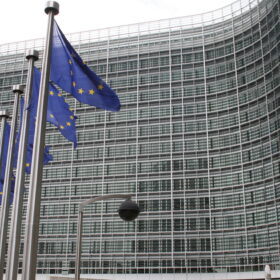

By submitting this form you agree to pv magazine using your data for the purposes of publishing your comment.
Your personal data will only be disclosed or otherwise transmitted to third parties for the purposes of spam filtering or if this is necessary for technical maintenance of the website. Any other transfer to third parties will not take place unless this is justified on the basis of applicable data protection regulations or if pv magazine is legally obliged to do so.
You may revoke this consent at any time with effect for the future, in which case your personal data will be deleted immediately. Otherwise, your data will be deleted if pv magazine has processed your request or the purpose of data storage is fulfilled.
Further information on data privacy can be found in our Data Protection Policy.